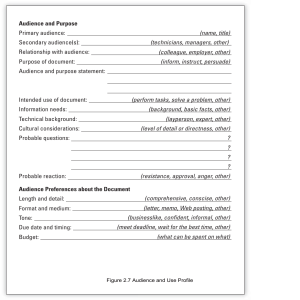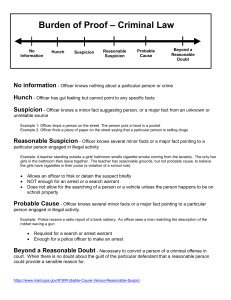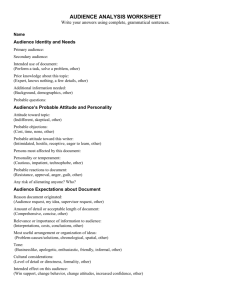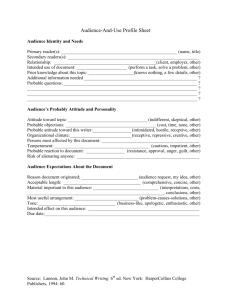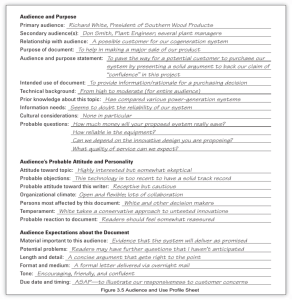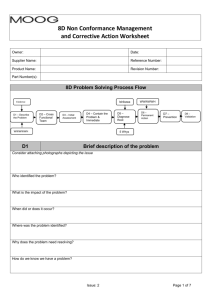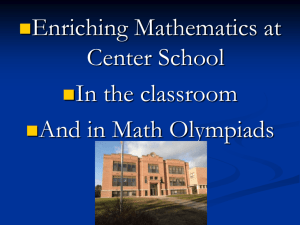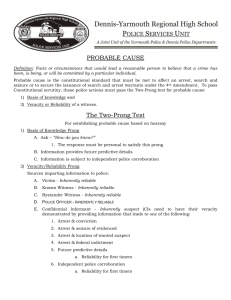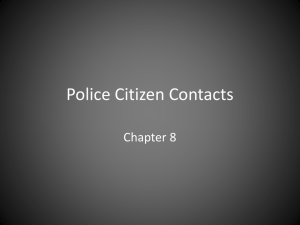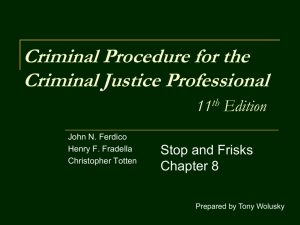Showups
advertisement
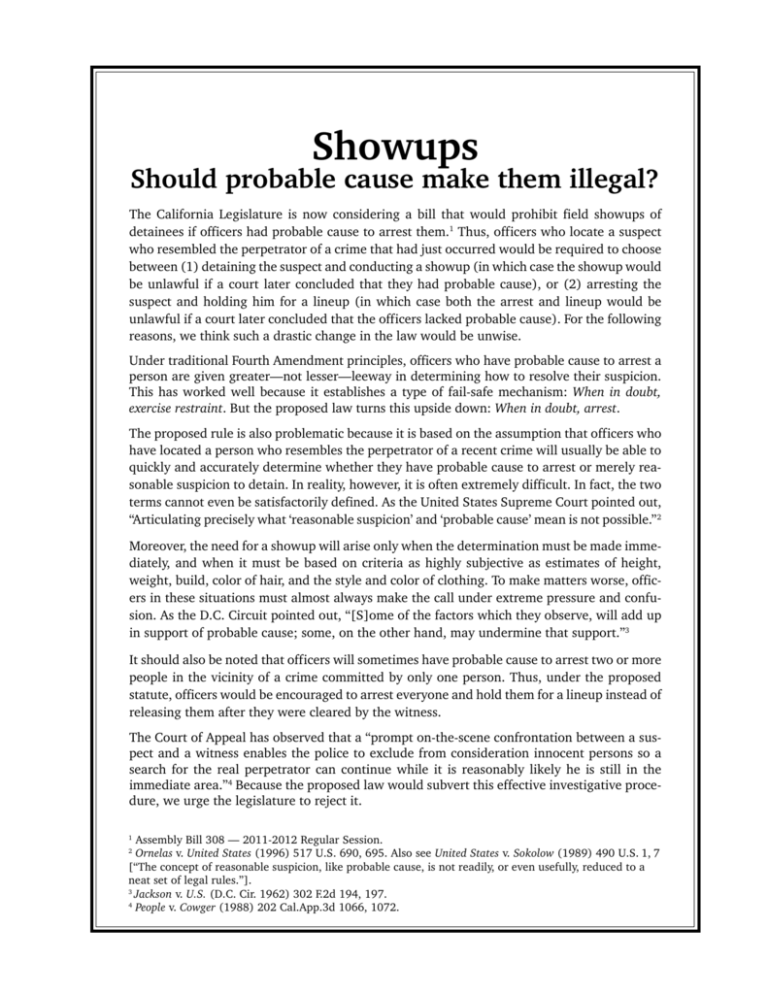
Showups Should probable cause make them illegal? The California Legislature is now considering a bill that would prohibit field showups of detainees if officers had probable cause to arrest them.1 Thus, officers who locate a suspect who resembled the perpetrator of a crime that had just occurred would be required to choose between (1) detaining the suspect and conducting a showup (in which case the showup would be unlawful if a court later concluded that they had probable cause), or (2) arresting the suspect and holding him for a lineup (in which case both the arrest and lineup would be unlawful if a court later concluded that the officers lacked probable cause). For the following reasons, we think such a drastic change in the law would be unwise. Under traditional Fourth Amendment principles, officers who have probable cause to arrest a person are given greater—not lesser—leeway in determining how to resolve their suspicion. This has worked well because it establishes a type of fail-safe mechanism: When in doubt, exercise restraint. But the proposed law turns this upside down: When in doubt, arrest. The proposed rule is also problematic because it is based on the assumption that officers who have located a person who resembles the perpetrator of a recent crime will usually be able to quickly and accurately determine whether they have probable cause to arrest or merely reasonable suspicion to detain. In reality, however, it is often extremely difficult. In fact, the two terms cannot even be satisfactorily defined. As the United States Supreme Court pointed out, “Articulating precisely what ‘reasonable suspicion’ and ‘probable cause’ mean is not possible.” 2 Moreover, the need for a showup will arise only when the determination must be made immediately, and when it must be based on criteria as highly subjective as estimates of height, weight, build, color of hair, and the style and color of clothing. To make matters worse, officers in these situations must almost always make the call under extreme pressure and confusion. As the D.C. Circuit pointed out, “[S]ome of the factors which they observe, will add up in support of probable cause; some, on the other hand, may undermine that support.”3 It should also be noted that officers will sometimes have probable cause to arrest two or more people in the vicinity of a crime committed by only one person. Thus, under the proposed statute, officers would be encouraged to arrest everyone and hold them for a lineup instead of releasing them after they were cleared by the witness. The Court of Appeal has observed that a “prompt on-the-scene confrontation between a suspect and a witness enables the police to exclude from consideration innocent persons so a search for the real perpetrator can continue while it is reasonably likely he is still in the immediate area.”4 Because the proposed law would subvert this effective investigative procedure, we urge the legislature to reject it. Assembly Bill 308 — 2011-2012 Regular Session. Ornelas v. United States (1996) 517 U.S. 690, 695. Also see United States v. Sokolow (1989) 490 U.S. 1, 7 [“The concept of reasonable suspicion, like probable cause, is not readily, or even usefully, reduced to a neat set of legal rules.”]. 3 Jackson v. U.S. (D.C. Cir. 1962) 302 F.2d 194, 197. 4 People v. Cowger (1988) 202 Cal.App.3d 1066, 1072. 1 2
